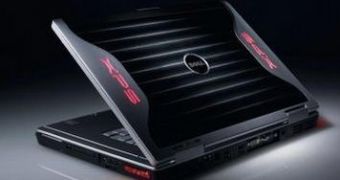There was a time when portable computer systems, such as laptops, were considered a way by which people could take their data with them wherever they went. However, with the latest advancements in technology, laptops have received a few more functionalities, which made these devices surpass desktop systems in terms of units sold. This basically happened because laptops, notebooks, or the more recent netbooks systems presented the user with the possibility not only to store, access and manage his/her own private digital content, but also to connect to the Internet using several different technologies, most of which involve a wireless connection.
Dell, one of the top three leading portable computer systems manufacturers, is now said to be preparing new laptops that will incorporate new radio chips to provide an alternative connectivity option, over the unused television spectrum, known as white spaces.
The Round Rock, Texas-based Dell, alongside competitor HP and search engine giant Google, has been among the companies that fought to open up white spaces to provide an additional broadband solution for users. White spaces will especially benefit those who want to get connected in the rural areas, where conventional connectivity options, such as Wi-Fi, are not available.
On Tuesday, the US FCC (Federal Communications Commission) regulators voted to open up white spaces, an unused portion of the spectrum, from 512MHz to 698MHz, assigned to broadcast TV.
“We intend to integrate white-space radios into future Dell products,” said Neeraj Srivastava, director of technology policy at Dell. “From a design perspective, there's no constraint in the size of the radio,” Srivastava said. Unfortunately, Srivastava did not specify when users might expect the release of such devices.
Opening up this TV spectrum for use as broadband for computer systems can really benefit ultra-portable computer systems such as netbooks, which are now the preferred alternative to an Internet-capable computing device.

 14 DAY TRIAL //
14 DAY TRIAL //